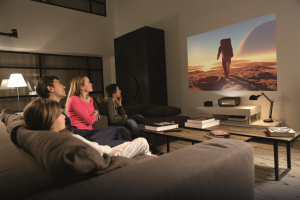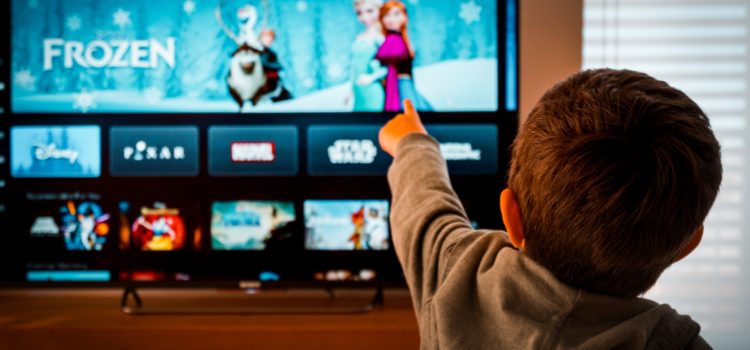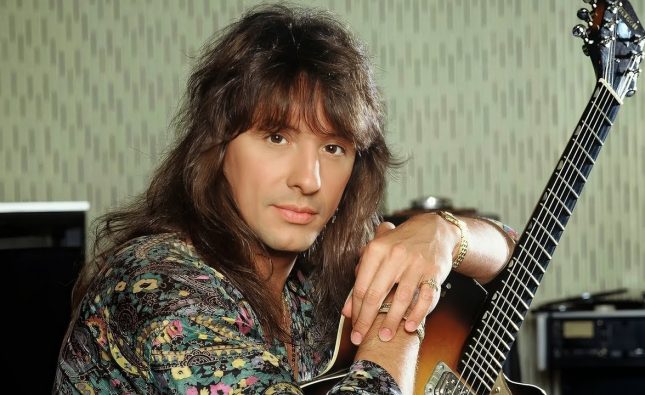
Introduction
Television has long been a staple of modern life, evolving from black-and-white broadcasts to the high-definition displays we enjoy today. However, the most significant transformation in recent years is not in the hardware but in how we consume content. Streaming TV has revolutionized the viewing experience, offering unprecedented convenience, variety, and personalization. This article explores how streaming is reshaping television, delving into the technology, trends, and future directions of this digital revolution.
The Evolution of TV Viewing

-
Traditional Broadcast vs. Streaming TV
Traditional broadcast television, characterized by scheduled programming and linear viewing, has been the norm for decades. Viewers would tune in at specific times to watch their favorite shows, bound by the constraints of network schedules. The advent of cable and satellite TV offered more channels and content but still adhered to a linear model.
Streaming TV, on the other hand, breaks free from these constraints. With the rise of high-speed internet and smart devices, viewers can now access content on-demand, anytime, anywhere. Platforms like Netflix, Hulu, Amazon Prime Video, and Disney+ have become household names, offering vast libraries of movies, TV shows, and original content.
-
The Rise of On-Demand Viewing
On-demand viewing is perhaps the most significant shift brought about by streaming TV. Unlike traditional TV, where viewers had to wait for their favorite shows to air, streaming allows instant access to entire seasons. This has led to the phenomenon of binge-watching, where viewers consume multiple episodes or even entire series in one sitting.
-
Personalized Content Recommendations
Streaming platforms leverage sophisticated algorithms to analyze viewer preferences and behavior. This data-driven approach enables personalized content recommendations, enhancing the viewing experience. Viewers are presented with shows and movies tailored to their tastes, making it easier to discover new content.
The Impact of Streaming on Content Creation

-
Original Programming and Exclusive Content
One of the most notable effects of streaming TV is the surge in original programming. Platforms like Netflix and Amazon Prime Video invest heavily in producing exclusive content, ranging from critically acclaimed series to blockbuster movies. This has not only increased the variety of available content but also raised the bar for quality.
-
Global Reach and Diverse Storytelling
Streaming platforms have a global audience, allowing content creators to reach viewers worldwide. This has led to a more diverse range of stories and perspectives being represented on screen. Shows like “Money Heist” (Spain), “Dark” (Germany), and “Sacred Games” (India) have gained international acclaim, showcasing the power of streaming to transcend geographical boundaries.
Technological Advancements Driving the Streaming Revolution

-
Improved Internet Infrastructure
The widespread availability of high-speed internet is a crucial factor driving the success of streaming TV. Fiber-optic networks, 5G technology, and improved broadband access ensure smooth, high-quality streaming experiences, even for 4K and HDR content.
-
Advanced Compression Technologies
Streaming platforms utilize advanced video compression technologies like HEVC (High-Efficiency Video Coding) to deliver high-quality content with minimal buffering. These technologies optimize bandwidth usage, making it possible to stream high-definition content even on slower connections.
-
Smart Devices and Integration
The proliferation of smart devices, including smart TVs, streaming sticks, and mobile devices, has made streaming more accessible than ever. These devices come equipped with built-in streaming apps, seamless integration with voice assistants, and user-friendly interfaces, enhancing the overall viewing experience.
The Future of Streaming TV

-
Interactive and Immersive Experiences
The future of streaming TV promises even more interactive and immersive experiences. Technologies like virtual reality (VR) and augmented reality (AR) are poised to transform how we engage with content. Imagine watching a movie where you can explore the set or interact with characters in real-time.
-
Enhanced Personalization and AI
As artificial intelligence (AI) continues to advance, streaming platforms will offer even more refined and accurate content recommendations. AI-driven analytics will enable platforms to understand viewer preferences on a deeper level, curating personalized viewing experiences like never before.
-
Live Streaming and Real-Time Content
While on-demand content dominates the streaming landscape, live streaming is gaining traction. Platforms like Twitch and YouTube Live cater to audiences seeking real-time content, from gaming and sports to news and events. The integration of live streaming with traditional on-demand platforms will offer a more comprehensive viewing experience.
-
Sustainability and Green Streaming
As the demand for streaming content grows, so does the need for sustainable practices. Data centers powering streaming services consume significant energy. Future advancements will focus on reducing the environmental impact of streaming through energy-efficient technologies and renewable energy sources.
Conclusion
Streaming TV has undeniably transformed the viewing experience, offering unparalleled convenience, variety, and personalization. As technology continues to evolve, the future of streaming promises even more exciting developments, from interactive experiences to AI-driven personalization. The era of traditional broadcast TV is giving way to a new age of digital entertainment, where viewers have the power to choose what, when, and how they watch. The future of TV is here, and it’s streaming.










